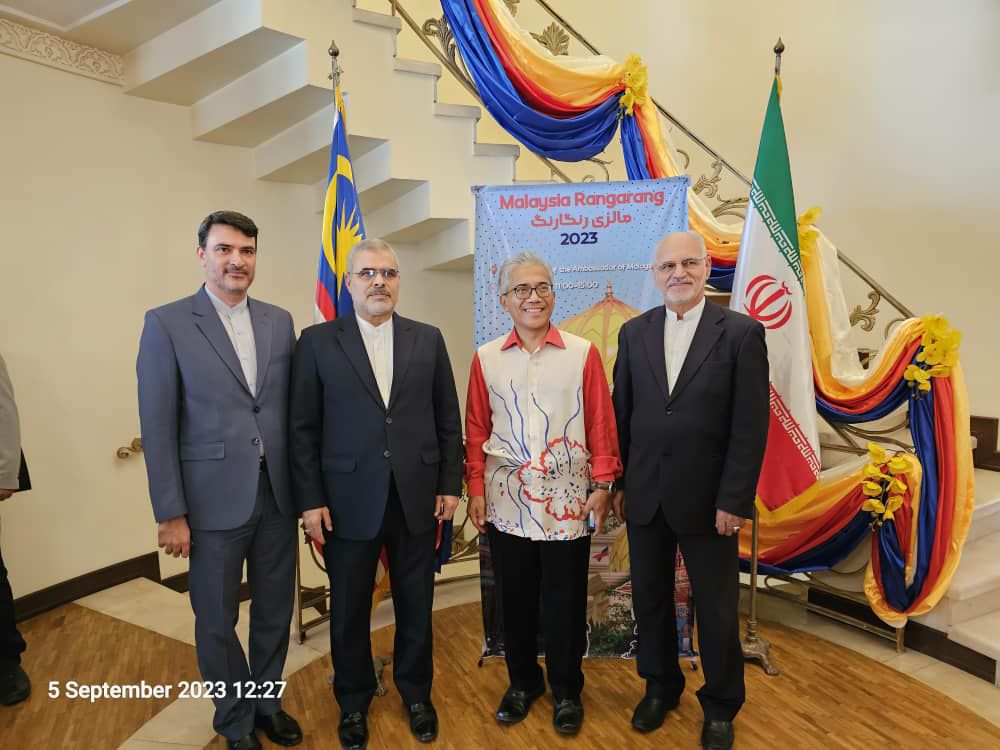What Was Erdogan’s Mistake?
TEHRAN (Iran News) One of the most secretive and consequential agreements in the history of the Middle East was signed at the height of World War I in 1916 between the two colonial powers, Britain and France. This agreement became known as the Sykes-Picot Agreement.
Its main goal was the division of the Ottoman Empire following its defeat in World War I.
World War I (1914–1918):
The Ottoman Empire, which had a Turkish character, was allied with Germany. The Allied Powers—especially Britain and France—sought to dismantle its territory and break up its empire.
The secret negotiations that led to the agreement were conducted by Mark Sykes (a British diplomat) and François Georges-Picot (a French diplomat).
The representatives of both countries first drew the post-Ottoman Middle East map with rulers and divided the territories accordingly. In this partitioned map, France took possession of Syria, Lebanon, northern Iraq (Mosul), and part of southern Turkey.
Britain seized southern Iraq (Baghdad, Basra), Jordan, and the ports of Haifa and Acre.
In this division, an “independent Arab region” was also envisaged—placed under French control in eastern Syria and British control in eastern Jordan.
Palestine (Beit-ul Moqaddas known as Jerusalem)—which later fell under international mandate—was part of this region. At the same time, the British had promised Sharif Hussein (leader of the Arabs in the Hijaz) independence. This promise is documented in the Hussein-McMahon Correspondence.
However, this secret agreement violated those promises. On the other hand, Russia, one of the war’s victors, had initially been promised northern territories (Armenia and Kurdistan) in the early drafts of the agreement.
But after the Bolshevik Revolution of 1917 in Russia, the Russians withdrew from the agreement and exposed these secret treaties.
Control over Iraqi oil fields—especially Mosul—was one of the hidden motivations behind the agreement.
When Lenin published the secret text, and the West’s betrayal of the Arabs was revealed, both France and Britain were thrown into confusion. As a result, after the war, through the San Remo Conference (1920) and the Mandate system of the League of Nations (1922), the present-day borders of the Middle East were formalized.
This division, made without regard for ethnic and religious diversity (Kurds, Sunnis, Shias, Christians), has led to persistent conflict in these areas.
The emergence of ISIS in 2014, with its slogan of “abolishing the Sykes-Picot borders,” symbolized the hatred for this colonial division.
British mandate over Palestine eventually led to the establishment of Israel in 1948 and the ongoing conflict against the Palestinians.
It is clear and undeniable that the Sykes-Picot Agreement and its territorial seizures represent a symbol of colonial interference in the Middle East. By disregarding the will of the people, it created artificial borders. The aftermath of the Syrian civil war and the crisis in Iraq are ongoing consequences that continue to burn the region.
The lingering wounds from the defeat in World War I and this agreement have left a permanent scar in the collective memory of Turkish political parties. With the dream of reviving the Ottoman Empire, Erdogan entered into cooperation with ISIS and attempted to collapse the Alawite government in Damascus, further tightening the knot in the already complex regional geography.
- author : Hamid Reza Naghashian
- source : IRAN NEWS




























